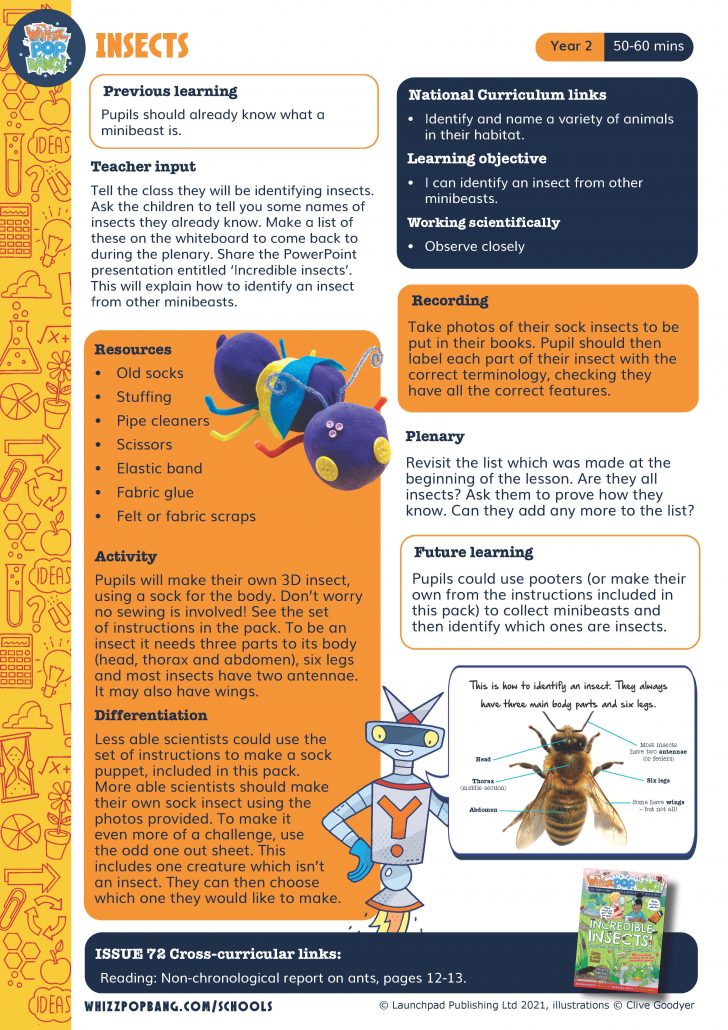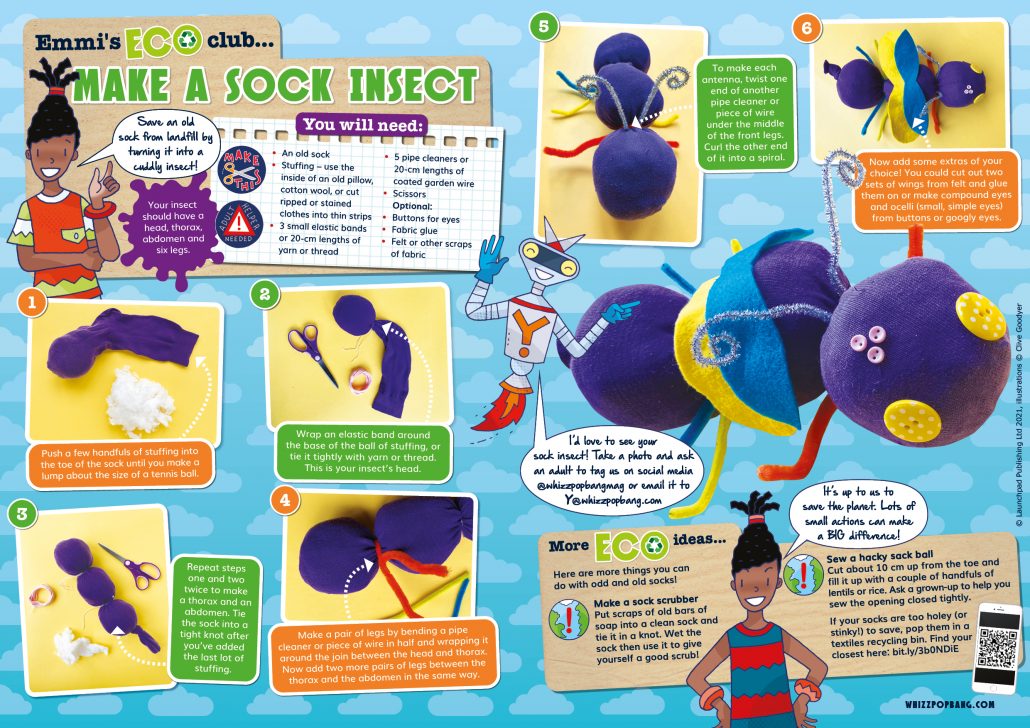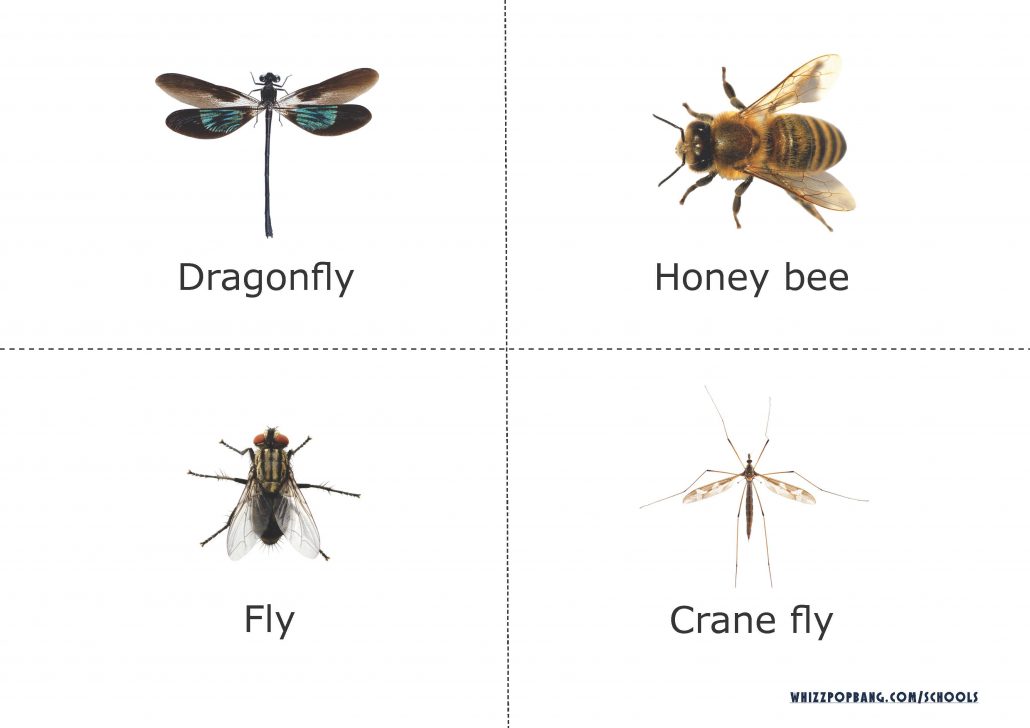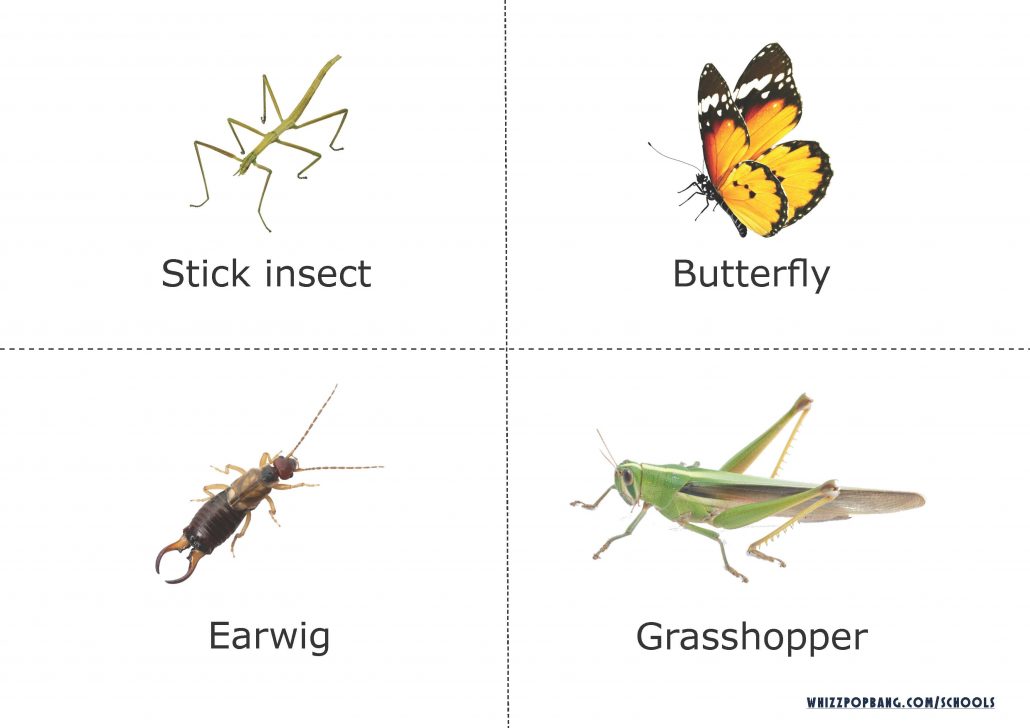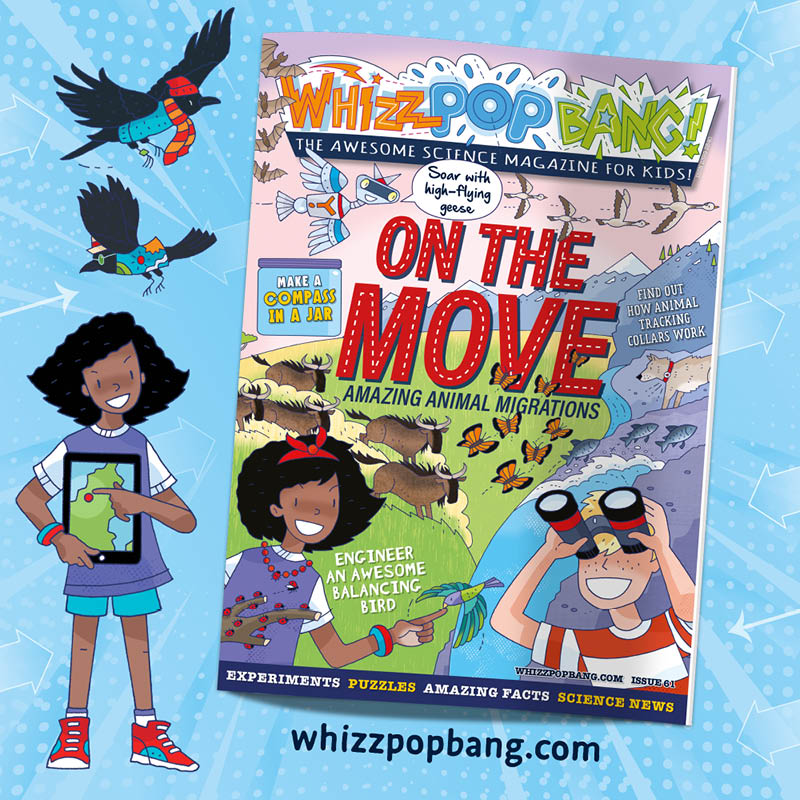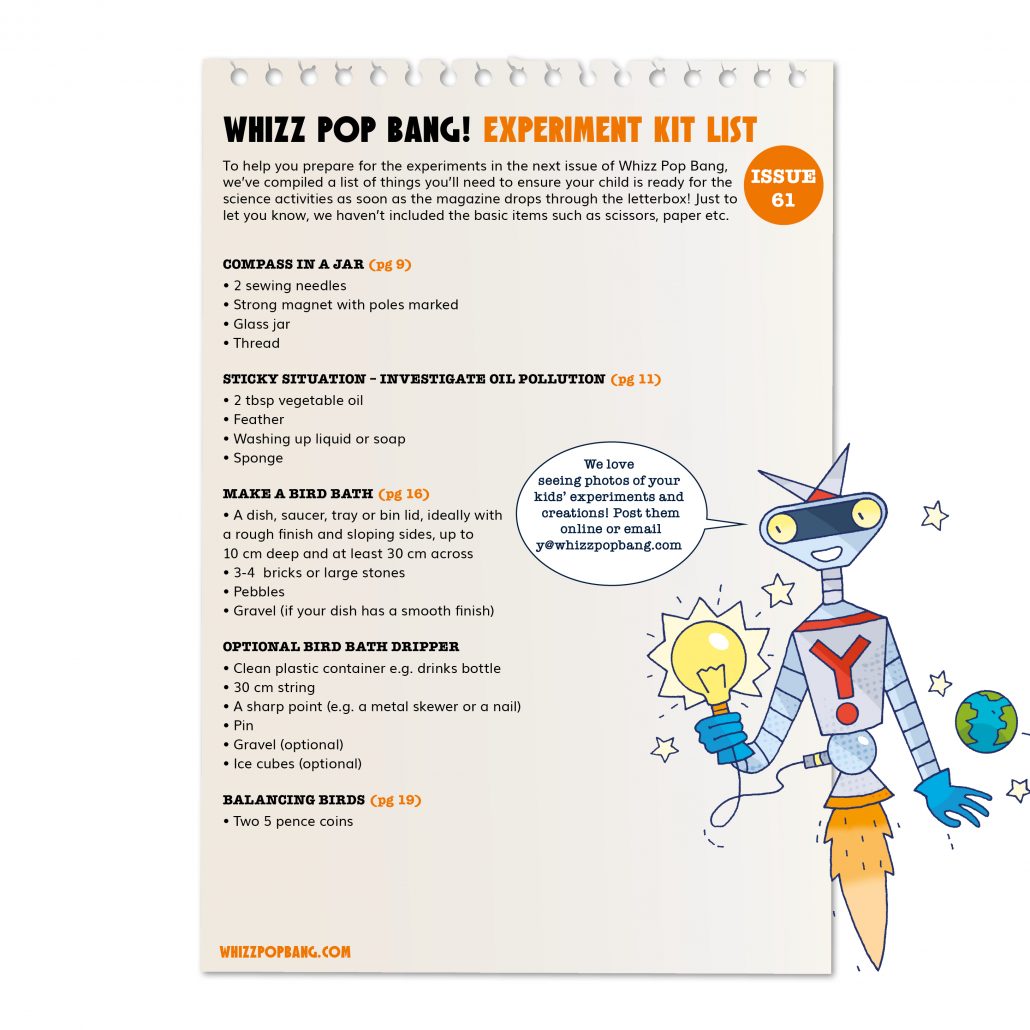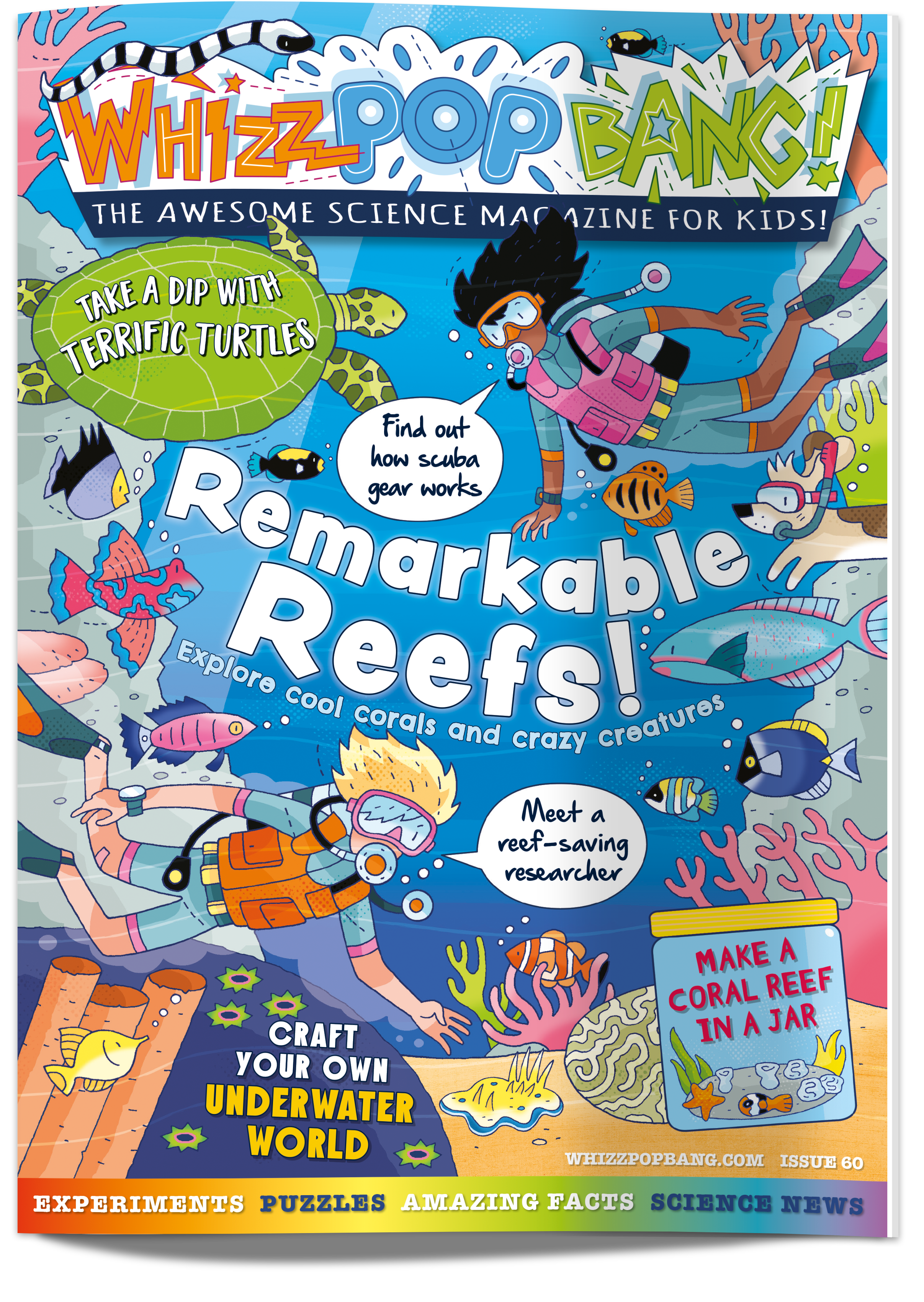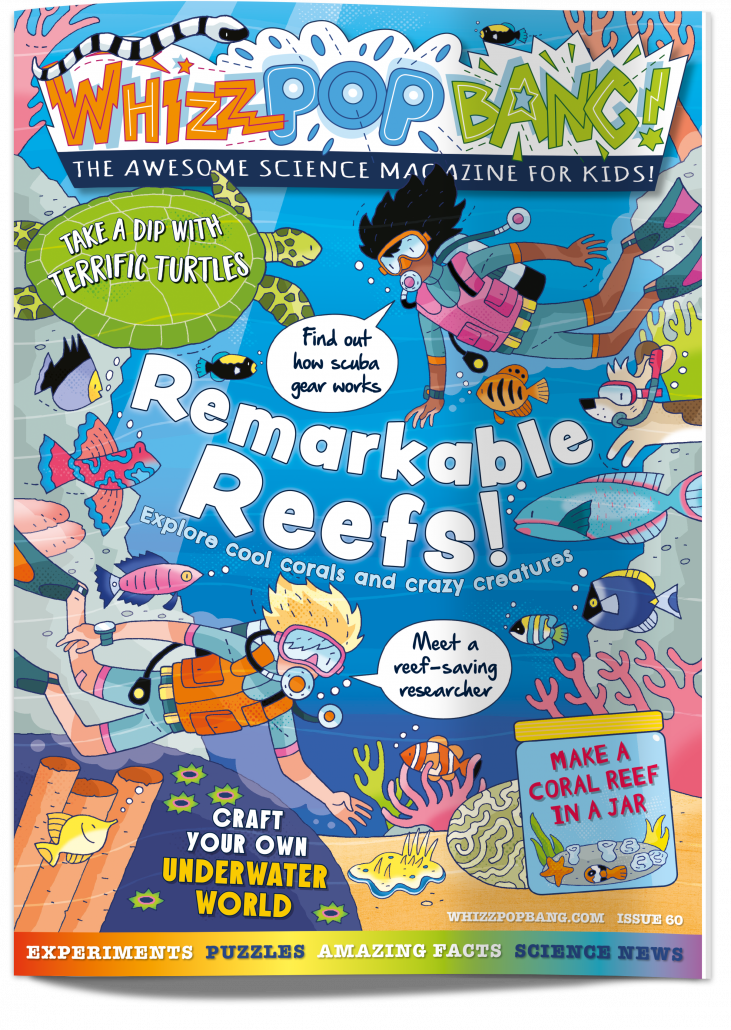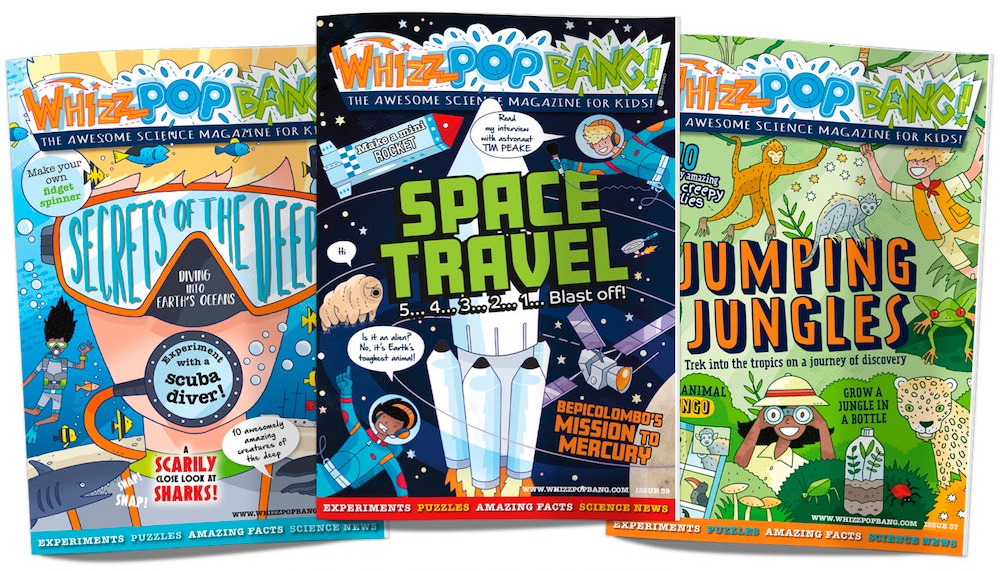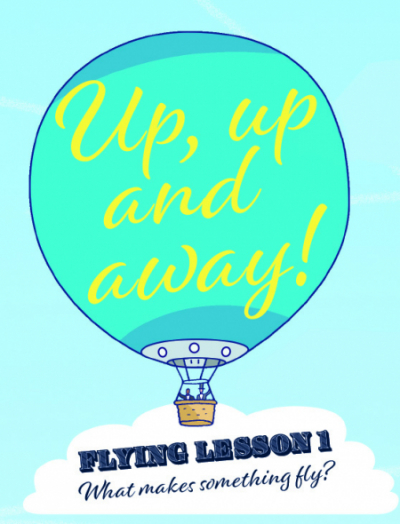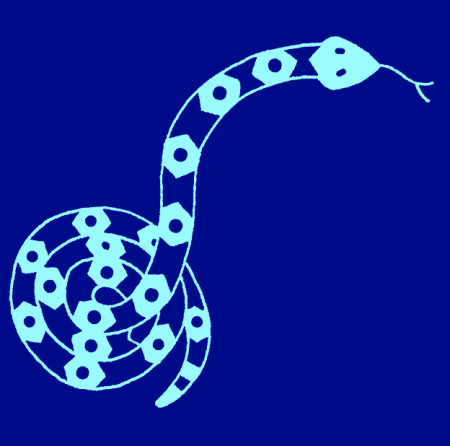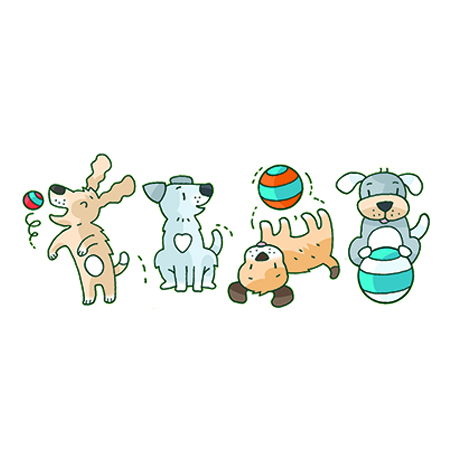Are you teaching the topic ‘Living things and habitats’ in Year 2?
As part of the sequence of lessons in your medium-term plan, you’ve probably arranged for your class to go on a hunt for some minibeasts. This is a really fun and engaging activity, but once the children find the bugs, can they tell you what they are? Do they know which minibeasts are insects?
Learning to identify insects
We have an excellent lesson plan that you can use before the children go on their bug hunt. It will help children learn how to identify insects from other creepy-crawlies, which is an important skill to learn in preparation for classifying animals in Year 4. The downloadable lesson pack includes a lesson plan that links to the National Curriculum and gives ideas for previous and future learning.
The PowerPoint presentation explains how to identify an insect.
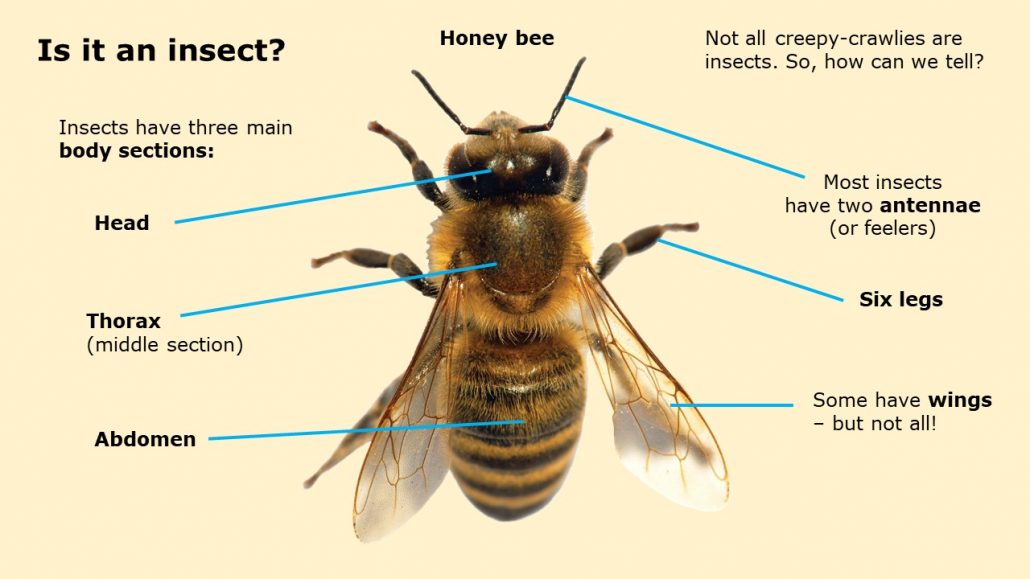
Make sock insects!
Your class can then apply their newly acquired knowledge by making fun sock insects! This project requires no sewing, upcycles old socks and it’s perfect for both visual and kinesthetic learners. They each just need to make sure that their cuddly insect has three body parts (a head, thorax and abdomen), as well as six legs. They could also add wings and antennae if they like.
To help with the lesson, we have included detailed images of some insects. These clearly show the body parts to help children to identify the things they must include on their sock insect. To support your less able learners, we’ve included a visual set of instructions that can be followed with help from your teaching assistant.
To stretch your top scientists, there’s a spot-the-odd-one-out activity. A rogue creepy-crawly has found its way onto the page with the other insects. The challenge is to find the minibeast that isn’t an insect, and then use one of the insects as a model for their sock toy. It’s important that throughout the lesson you talk about how to identify whether a bug is an insect. By the end of the lesson, the children should be able to identify that an earwig is an insect, but a woodlouse or a spider is not.
Create an insect display
Once the children have made their sock insects, you could create a fabulous display of them in your classroom. If you would like pupils to revisit their learning, ask them to create labels for each part of the insect and then add those to the display, or alternatively take photographs and pop them in their science books for evidence of the lesson. Make sure you share your photos with us too! Use the hashtag @whizzpopbangmag or post them to our Teacher Facebook Group – join here
For your next lesson, the children can go out and find minibeasts, but unlike when they did this activity in Reception or Year 1, this time they will have the knowledge to identify the insects.
Make insect collectors
Here are some instructions on how to make pooters. You can use these to collect insects safely and humanely, observe them, and then release the insects back into their habitats. Download these instructions for FREE
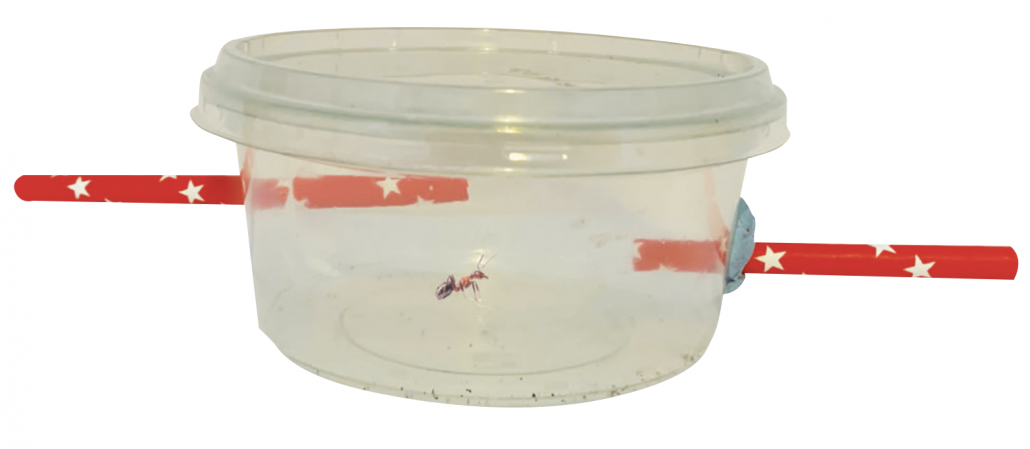
Guided reading
To help consolidate pupils’ learning, why not introduce some insect-themed reading into your English sessions? Download our fascinating reading comprehension about ants. Since it’s for Year 2, the text and questions have been differentiated for different abilities.
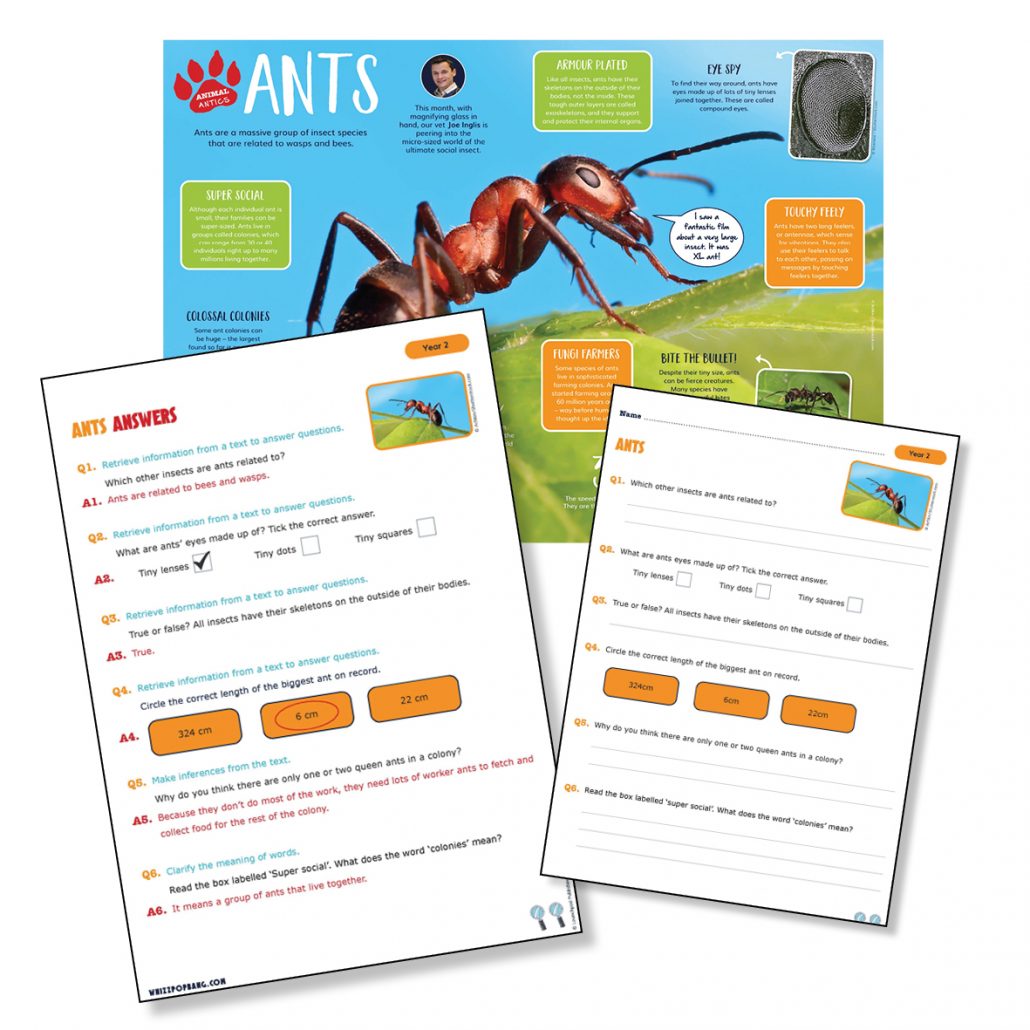
Whizz Pop Bang magazine and teaching resources are brilliant ways to enhance your school’s science teaching:
- We provide downloadable science lesson plans, PowerPoint presentations, hands-on investigations and science reading comprehensions written by primary school teachers.
- Whizz Pop Bang teaching resources link to the National Curriculum, ensuring correct coverage.
- All of our resources are year group specific, ensuring progression between the years.
- We make cross-curricular links to other subjects, such as English, Maths, History, Geography, Art, Design and Technology and PSHE.
Prices from as little as £190 per year for a copy of Whizz Pop Bang magazine through the post each month and whole-school access to our ever-growing library of downloadable teaching resources, with unlimited teacher logins.
We’ve also just launched a new individual membership option so teachers and home educators can access all of our amazing downloadable resources for just £20 for the whole year. https://www.whizzpopbang.com/schools/#subscribe
“Using Whizz Pop Bang school resources has enabled investigations to be an integral part of my science planning. I now have investigations and experiments throughout my planning rather than just at the end. The lessons are easy to resource and the pack has everything I need to teach the lesson so it saves me time as well!” Louise Hampson, Year 3 teacher

